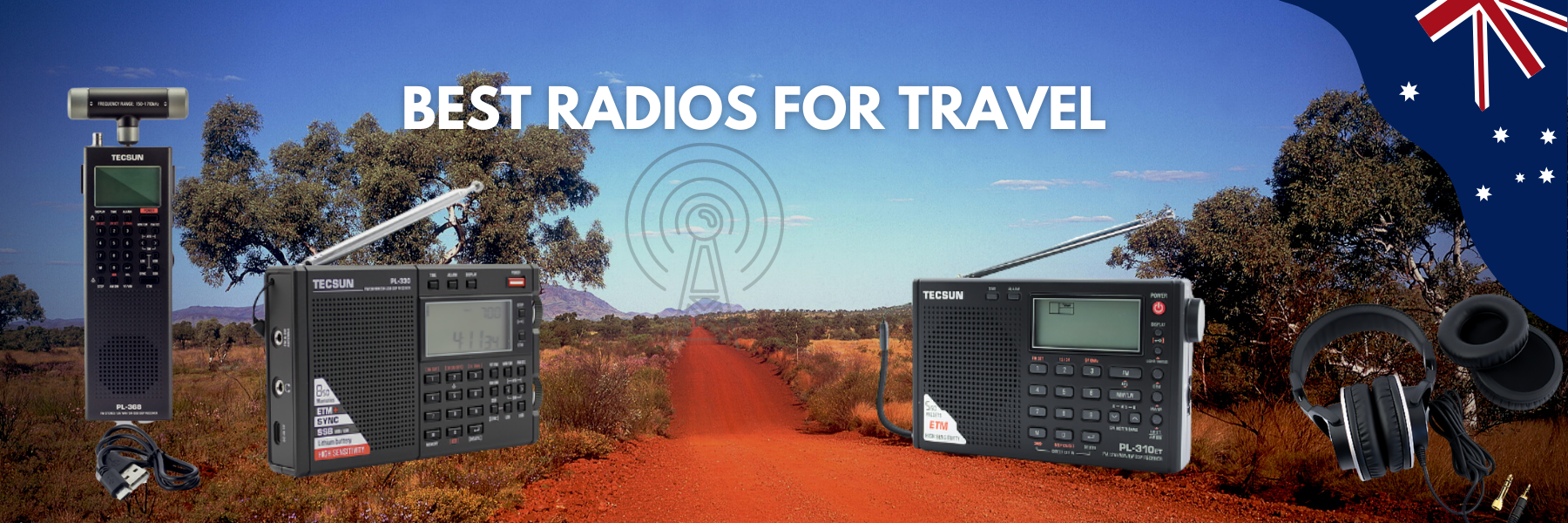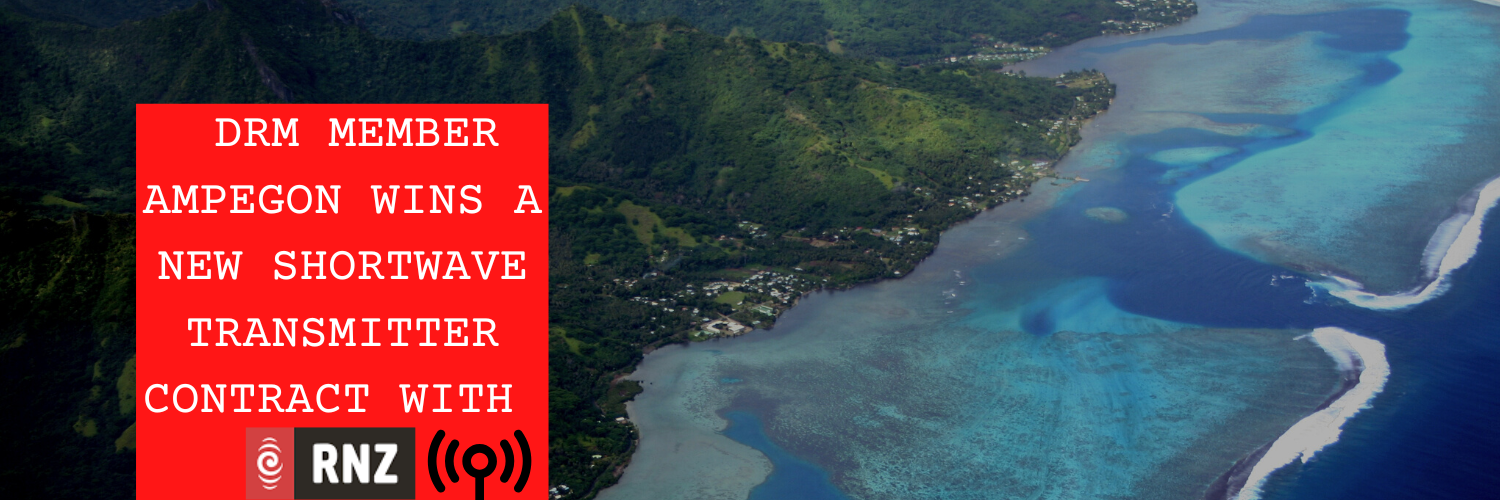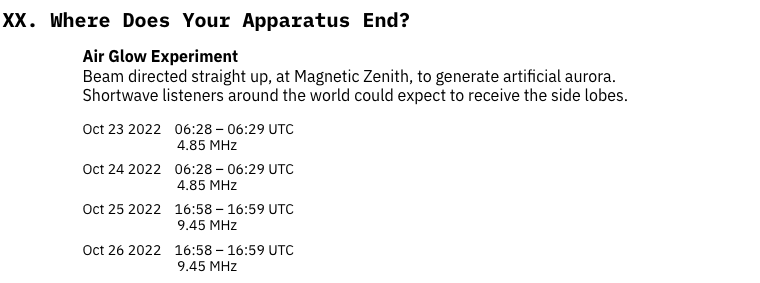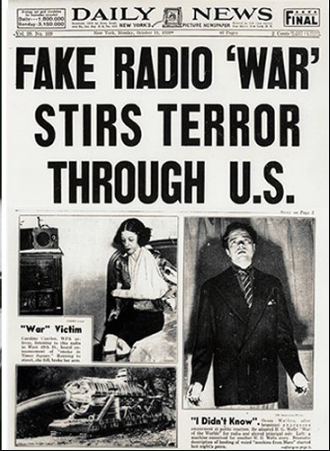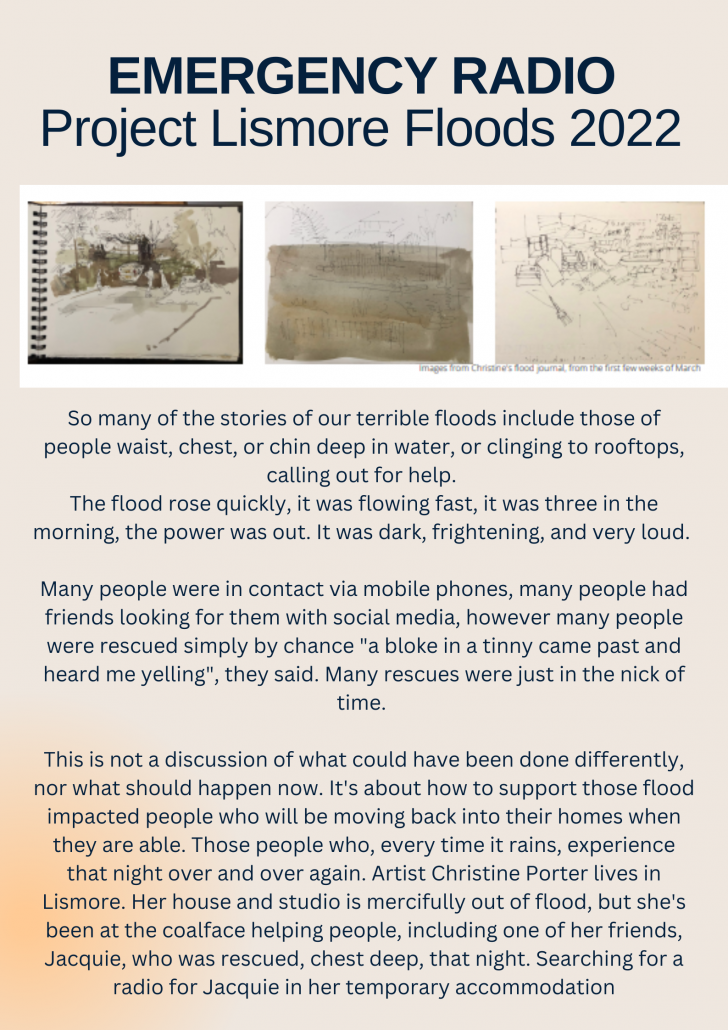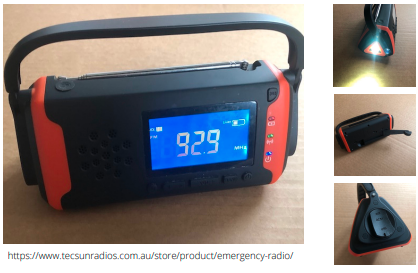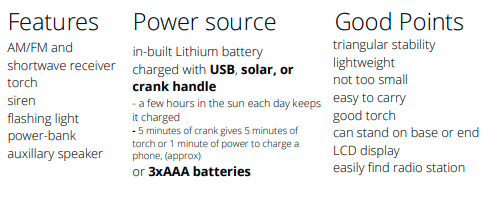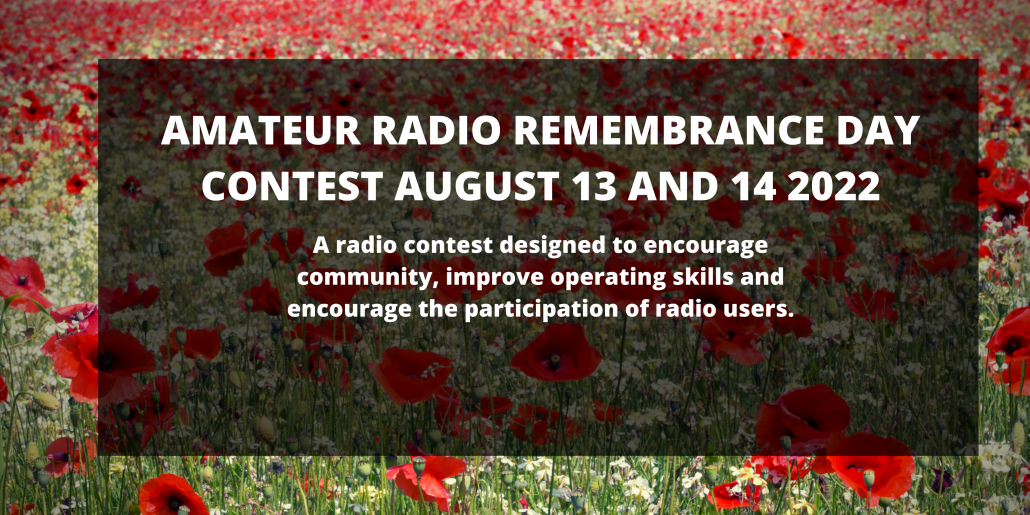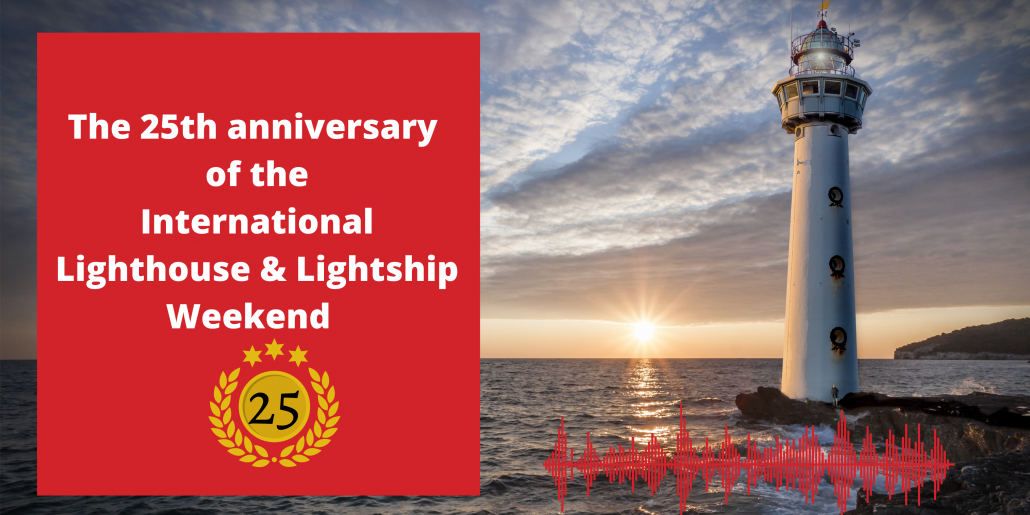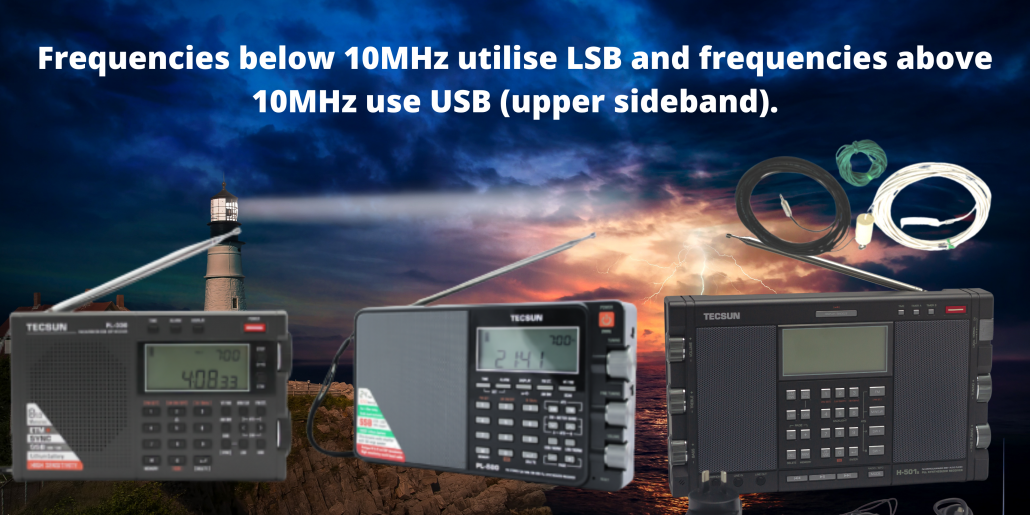
SPRING VHF/UHF Field day
Contest is this Saturday November 26th at 01:00 UTC ( around midday Sydney time)
Running for 34 years now, the VHF/UHF Field day was originally run as a trial in January 1989. It was very well received and consequently became an annual event. An additional event was trialled in Spring, a Spring Field day, which also proved very successful, so much so that a 3rd event was launched, the Winter Field day which was introduced in 2008
The duration of the Field Day is 24 hours and consists of separate sections for both group and individual entrants giving radio operators an opportunity to “head for the hills” to see how many stations they can work and from how far away.
It is possible to do very well with only modest antennas if you pick a good hilltop. Another option, if your station is easily transportable, is to operate from more than one location during the contest period.
Interestingly, the Field Days generate a lot of activity from home stations, so there is also a separate Home Station section.
All contacts must be simplex: There is plenty of FM activity, but one feature of the Field Days is a high level of SSB activity. (contacts through repeaters or satellites are not allowed).
Aim Of The Contest
The overriding aim is to get away for the weekend and have fun! But next after that, the aims are:
To encourage more activity on VHF and microwave bands;
To encourage people to work greater distances than usual by operating portable, and
To provide opportunities for people to activate or work into new grid squares.
Contest Rules
Full details of the contest rules are available in the “Files for Download” section below.
Contest Scoring
VHF-UHF Field Days employ distance-based scoring, using your 6-character Maidenhead locator (the Sub-Square).
Full details of the scoring system are set out in the Rules.
Further Information on Maidenhead Locators
Each four-digit Maidenhead locator (Square) identifies an area which covers one degree of latitude and two degrees of longitude. Detailed explanation of the Maidenhead locator system can be found in the Download section below. Also available is a computer program that can convert latitude and longitude into grid locators, and vice versa.
To find the six digit Maidenhead locator for any location, click this Link.
Submitting Your Log
Logs should be accompanied by a cover sheet, as described in the rules. A sample scoring sheet is available for download at the bottom of this page.
Only electronic logs in ASCII (.txt) format are accepted now, unless some disability necessitates a paper log, which must be submitted as set out in the Rules. Upload your log files to the Field Day website via this Link
Contest Results
The aim is to have results finalised approximately four weeks after the Field Day, with the results posted here, publicised via the usual WIA channels and then published subsequently in Amateur Radio magazine.
Contest Award
Each top-scoring station in every Section–Sub-section will receive a colour certificate in .PDF format, sent to the contact email address on their log cover sheet.
Top-scoring Foundation stations will also receive a colour certificate.
Logging Software
Any logging software can be used so long as the necessary information is included in the log. Please refer to the rules for details about this.
This information has been provided by the https://www.wia.org.au/ Wireless Institute of Australia all rights reserved.
The National Association for Amateur Radio in Australia
Click here for further information



